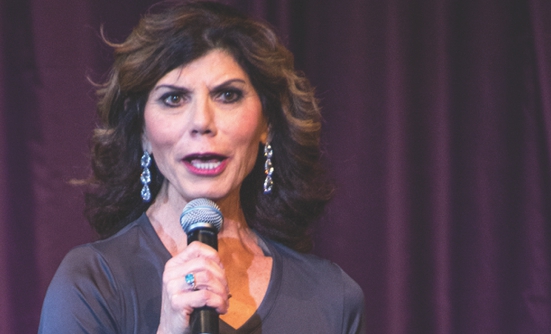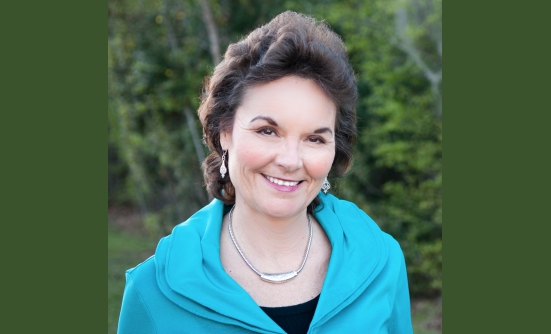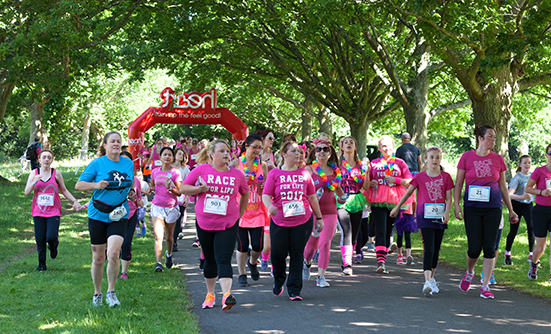
What Does It Mean to Exercise?
It is important to know the difference between physical fitness, physical activity, and exercise to understand the value of exercise because, well, in truth, the term exercise can be intimidating to many people, and even more so if they are living with cancer.
Physical fitness includes 5 main categories: cardiorespiratory fitness, muscular strength and endurance, flexibility, body composition, and mind-body vitality. Physical activity is “any bodily movement that comes about from the contraction of skeletal muscle and increases energy expenditure.”1 This includes all of the movements made during the day to take care of oneself—also known as activities of daily living. Exercise is a more structured form of physical activity performed to strengthen physical fitness components. Exercise places a good stress on the body to strengthen the components of physical fitness. Improvements in physical fitness allow one to complete daily physical activity with better ease and less constraint. When you move better, you move more, and the cycle of strengthening physical fitness continues.
Cancer-Related Fatigue
Cancer-related fatigue (CRF) is defined by the National Comprehensive Cancer Network as a “distressing, persistent, subjective sense of physical, emotional, and/or cognitive tiredness or exhaustion related to cancer or cancer treatment that is not proportional to recent activity and interferes with usual functioning.”2 It is reported that up to 99% of those living with cancer experience CRF, and of those, up to 45% can be graded as moderate to severe in intensity. Furthermore, it is reported that up to 49% of those in late survivorship continue to have complaints of chronic CRF.3,4
CRF is a complex symptom cluster, and causes continue to be researched. What is known is that certain side effects from treatments, such as low hemoglobin or changes in thyroid function, can impact CRF. It is important to talk with your care team if you are experiencing new or worsening fatigue.
Much research has been done on how to combat CRF. Exercise is the number 1 strongly supported intervention for CRF. The American College of Sports Medicine developed cancer exercise guidelines in 2010 and 2018 based on expert reviews on cancer and exercise research studies. These studies confirmed that exercise is not only safe and feasible but also that there is strong evidence to support its ability to decrease CRF, anxiety, and depression, as well as to improve physical functioning and quality of life. The most updated cancer exercise guidelines recommend participating in 150 minutes of moderate-intensity aerobic exercise plus 2 days of resistance training for the major muscle groups every week.5

The above recommendation may be a goal. To be successful in an exercise program, start at your personal functional starting point and work up from there. It is not advised to go from 0 to 100 in 1 day or 1 week because this can increase risk for injury and intolerance, which ultimately can discourage you from continuing to be active. Be mindful of the cyclic nature of side effects with certain treatments and plan accordingly. Do you feel the most unwell the first 5 days of treatment? Tone down the intensity or duration. Consider participating in relaxing stretches. As you start to feel better, you can do more. The goal is for movement to make you feel better. Some days you may only be able to get out for a short 5-minute walk. Start with 5 minutes, and if you feel better, consider doing another 5. If you do not feel better, rest and take peace in knowing that literally any little bit of movement reaps benefits!
Anitha’s Perspective
Through a shared Google doc (4/30/2023), Anitha Ranganathan, a breast cancer survivor with a background as an ear, nose, and throat surgeon who now practices as an insomnia specialist in New Zealand, recalls how “exercise turned into a non-negotiable” for her. After her diagnosis, she made a couple of changes to her exercise routine—being more consistent and listening more to her body so she could understand what type of movement it needed. She remembers how “even 20-minute walks around the block were very beneficial for me, and there were days that simple stretches seemed to help, especially with the cording that developed postoperatively.” Now 3 years past her diagnosis, she knows how important it is to continue to exercise to “keep away the menopausal symptoms, reduce fatigue and brain fog, and keep bones healthy.”
It can be challenging to get the motivation to move when not feeling the best. Anitha provides some advice:
- Befriend fear, instead of getting paralyzed by it. If fear of recurrence is what is going to get you moving, make fear your buddy!
- Listen to your body. It is so much more intelligent than we ever give it credit for. Some days you may feel like just doing some gentle stretches. Some days you may want to try attending a Zumba class...learn to be flexible and kind to yourself
- Get a buddy. Get a dog. That walk becomes non-negotiable! You also get rewarded with unlimited snuggles and a lifetime of joy
- Reward yourself. For every landmark you achieve, recognize it, be proud, and reward yourself. Buy that dress you’ve always wanted. Splurge on that spa treatment. Travel.

The Takeaway
The most frequent side effect reported by patients is CRF, regardless of primary cancer type or treatment. Exercise is an evidence-based, beneficial, and empowering tool to improve CRF, among other side effects, throughout the cancer care continuum. Anitha’s takeaway on moving with cancer: “The outcome of your diagnosis can depend a lot on what you do for yourself. Make moving every single day non-negotiable.”
More on Exercise
Benefits of Exercise During and After Cancer TreatmentNancy Litterman Howe, PhD(c)
References
- Bryant CX, Green DJ. ACE Essentials of Exercise Science for Fitness Professionals. American Council on Exercise; 2017.
- National Comprehensive Cancer Network. NCCN Clinical Practice Guidelines in Oncology (NCCN Guidelines). Cancer-Related Fatigue. www.nccn.org/professionals/physician_gls/pdf/fatigue.pdf. Published January 30, 2023.
- LaVoy EC, Fagundes CP, Dantzer R. Exercise, inflammation, and fatigue in cancer survivors. Exerc Immunol Rev. 2016;22:82-93.
- Thong MS, van Noorden CJF, Steindorf K, Arndt V. Cancer-related fatigue: causes and current treatment options. Curr Treat Options Oncol. 2020;21:17.
- Campbell KL, Winters-Stone KM, Wiskemann J, et al. Exercise guidelines for cancer survivors: consensus statement from international multidisciplinary roundtable. Med Sci Sports Exerc. 2019;51:2375-2390.
About the Author
Jenny Spencer, RN, BSN, OCN, CPT, CETI CES, is an oncology nurse at Dana-Farber Cancer Institute in Boston, MA, an ACE certified personal trainer, a CETI Cancer Exercise Specialist, and the founder of Fight the Fatigue. Fight the Fatigue provides individualized exercise programming for those living with cancer.















